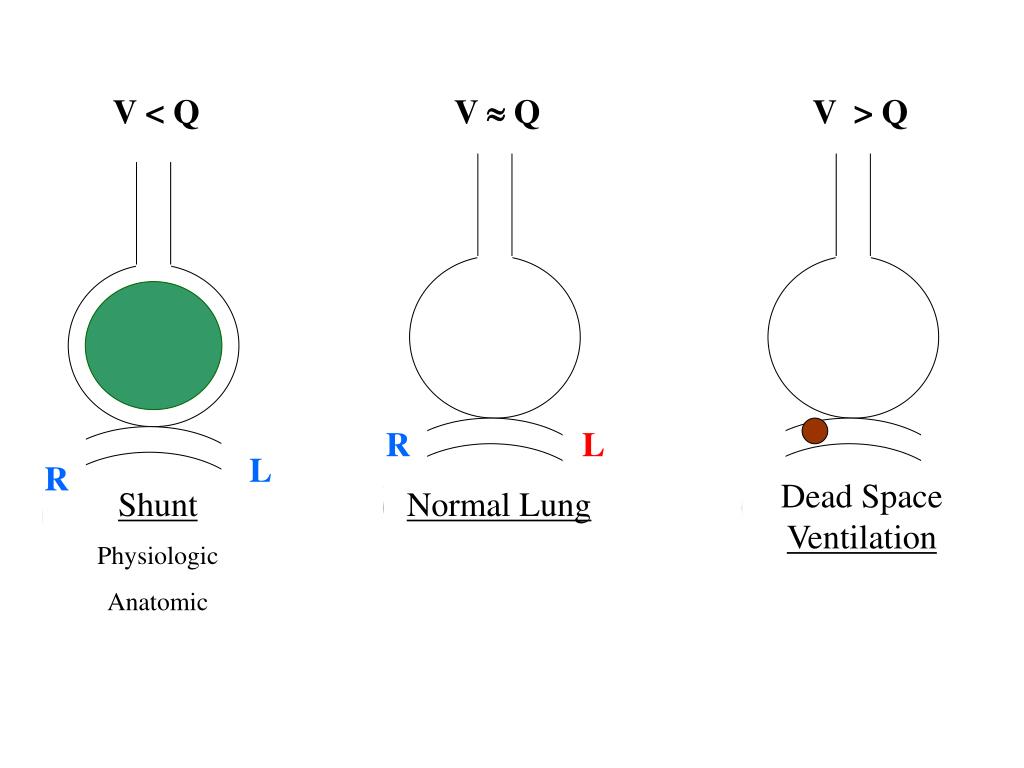
increased airway pressure (improves oxygenation and alveolar recruitment). also termed “occult PEEP” by as PEEPi is not apparent on proximal airway pressure recordings (Pepe & Marini, Marino, 2013). less likely to be uniformly distributed than PEEPe. due to insufficient expiratory time (Te), typically in the presence of severe air-flow obstruction (e.g. elevation in the static recoil pressure of the lungs above the set PEEPe at end expiration. a solenoid valve is commonly used in ventilators. a threshold resistor is preferred, as resistance to flow is minimal once threshold pressure is reached. In spontaneous ventilation using non-invasive ventilation (NIV), CPAP (continuous positive airway pressure) is analogous to PEEP, but the pressure applied is maintained throughout the respiratory cycle (during both inspiration and expiration).Įxtrinsic PEEP (PEEPe) is applied by placing resistance in the expiratory limb of a ventilator circuit. “High” PEEP is used as part of an Open Lung Approach To Ventilation for Acute Respiratory Distress Syndrome (ARDS). 
How to optimise PEEP is a controversial topic, but should involve (1) optimisation of oxygenation and (2) minimisation of ventilator induced lung injury (VILI), and should should be individualised for a given patient.PEEP is routinely used in mechanical ventilation to prevent collapse of distal alveoli, and to promote recruitment of collapsed alveoli.

PEEP acts to distend distal alveoli, assuming there is no airway obstruction. Positive End-Expiratory Pressure (PEEP) is the maintenance of positive pressure (above atmospheric) at the airway opening at the end of expiration.






 0 kommentar(er)
0 kommentar(er)
